These are the Food team’s favorite stories published in 2023
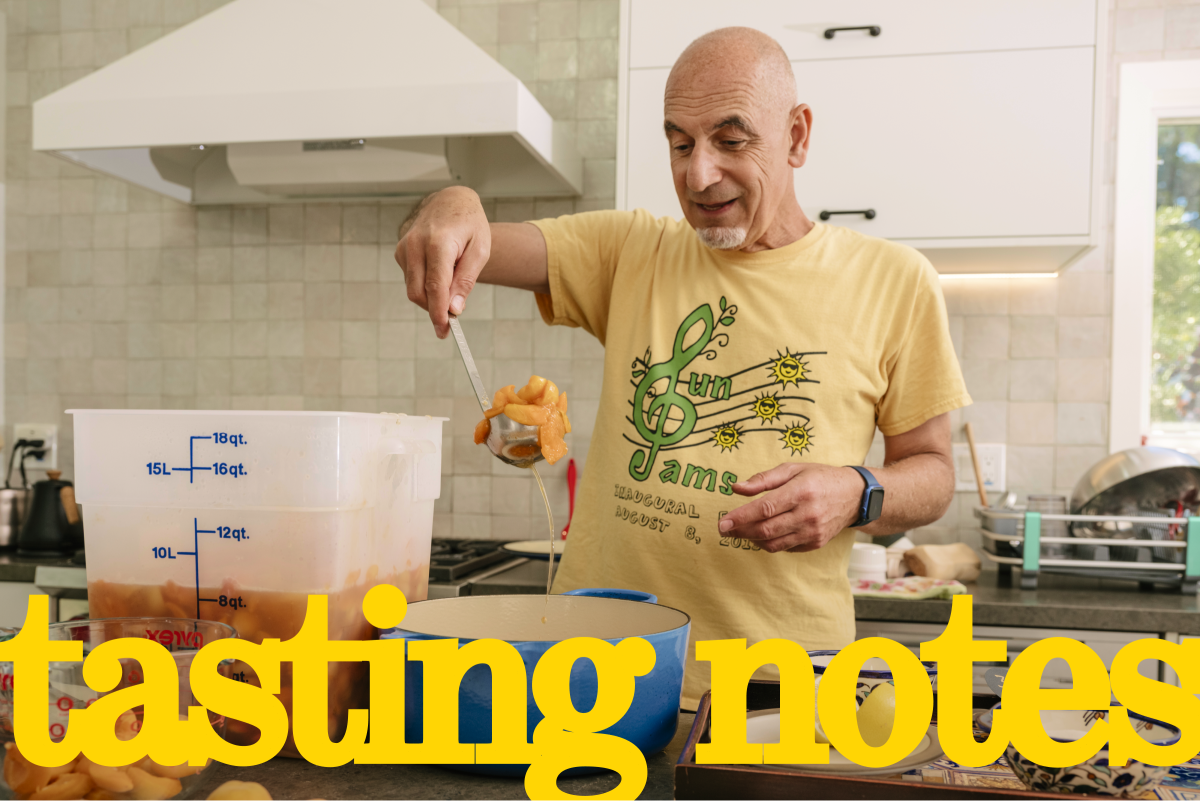
- Share via
There are words like “petabytes” and “quintillion” to describe how much digital data the world generates daily. We can’t possibly catch every deeply researched, heartfelt or otherwise worthwhile article that flies by our consciousness.
As a way to circle back to standouts from the Food team’s year of writing, I thought it would be fun to ask my colleagues to name each of their single favorite story the Times published this year.
You’re reading Tasting Notes
Our L.A. Times restaurant experts share insights and off-the-cuff takes on where they’re eating right now.
You may occasionally receive promotional content from the Los Angeles Times.
Personal narratives and enlightening travel stories
I’ll start. Amid reviews and group projects on coffee and sushi and the annual all-consuming restaurant guide, in July I wrote an essay about jam — about a type of apricot jam, baked in the sun to transform its flavors, I first received as a gift three years ago. It comes from Lebanese Syrian preserving traditions, and it turned out to be another doorway into a culture I was already immersed in learning about through longtime friends I value as family. It was a gratifying, unexpectedly personal narrative to follow.
You might think that the headline of this piece from columnist Jenn Harris says it all: “I went to an exclusive L.A. dinner party. Everyone was naked.” But it’s the inducement. Sure, there’s plenty of humor: “Eating while naked didn’t make it taste any better or worse, and I wasn’t worried about getting crumbs where they wouldn’t normally fall,” Jenn writes. The experience she ultimately describes, though, becomes an exercise in consent and empowerment. Describing a moment before the meal begins, she relays, “I thought about the countless times I’ve said yes but really meant no. The times I said nothing at all but wanted to scream no.”
(Ever thoughtful, Jenn wanted you to know that if this subject matter doesn’t appeal, she recommends her story about the complexities of making school lunch as a runner-up.)
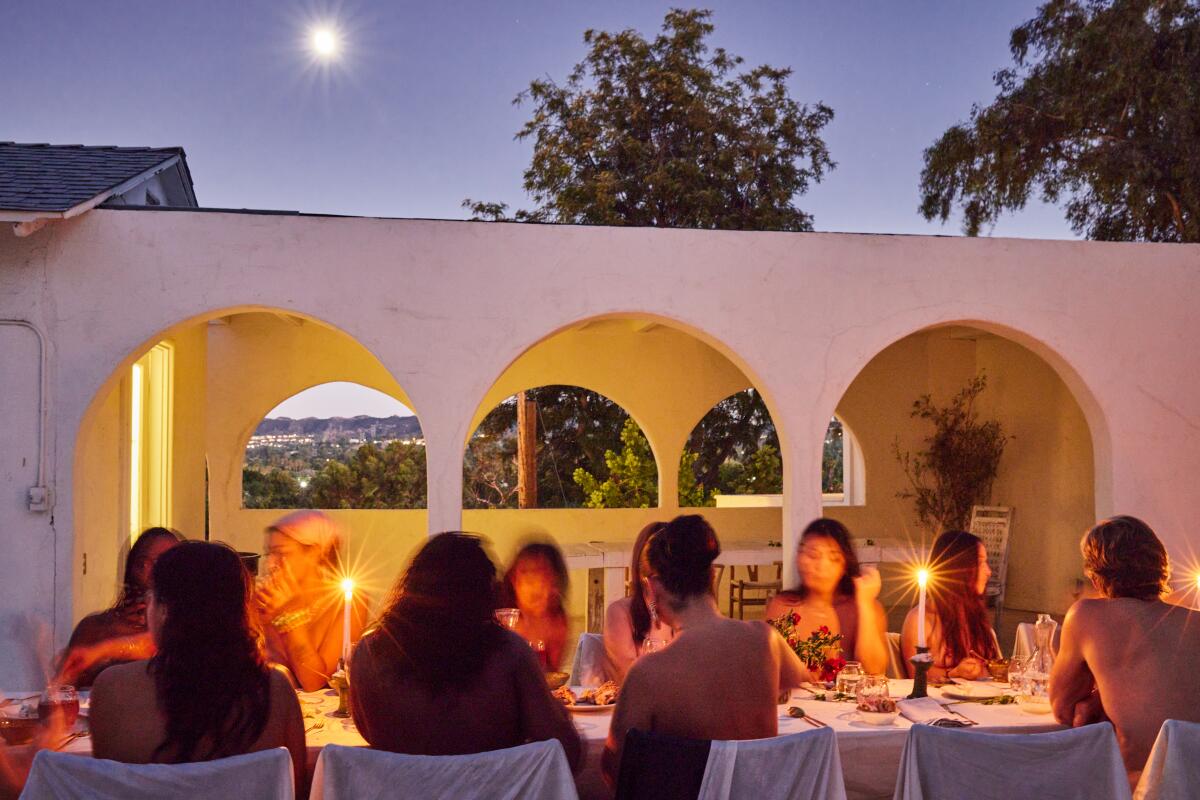
Food editor Daniel Hernandez traveled to Mexico City four times between 2022 and 2023 to reconnect with the years he lived there and absorb the way the megapolis is changing. “For years, I resisted the concept of gentrification, as we know it in the U.S., occurring in Mexico City, because to me the discourse itself seemed like a reflection of the colonial gaze. Roughly half the population of Mexico still lives in poverty, so making loose comparisons between Mexico City and places in the developed world (‘It’s the new Berlin’) is disingenuous to socioeconomic realities.” But revisiting an Art Deco building in Colonia Centro where he once lived, and where some residents have recently been displaced, helped prompt him to more squarely ask the question: “Is Mexico City getting too cool for its own good?”
Returning also naturally meant revisiting some of his favorite Mexico City haunts for eating and drinking.
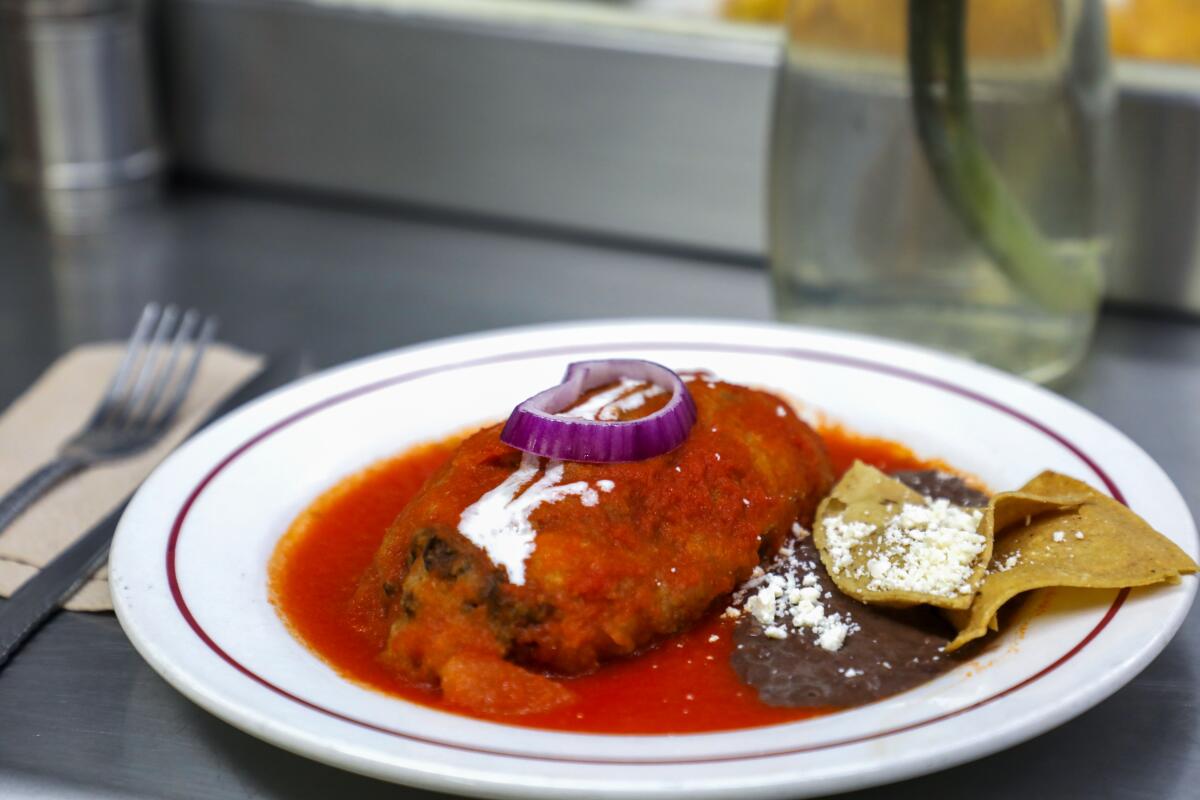
Laurie Ochoa, general manager of Food, also traveled far, far south this year — to Lima, Peru, and chef Virgilio Martinez, whose restaurant Central was voted No. 1 on this year’s World’s 50 Best Restaurants list (and who also appeared at this year’s L.A. Food Bowl). Laurie delves into the sense of place in Martinez’s painstaking and frankly delicious cooking, and his feelings about the country itself. I loved this passage: “‘When you wrinkle paper, you see all these different points,’ Martinez says, gesturing with his hands across the peaks and creases of an imaginary crumpled paper. ‘So imagine, all these points, all these wrinkles, that’s the geography of Peru. ... The ecosystems of Peru. ... Our history where we struggle in Peru. ... The beautiful people of Peru.’ And there’s always a new wrinkle to unfold.”
As part of our sushi package, deputy food editor Betty Hallock wrote about Yoko Hasebe, the extraordinary vegan sushi chef behind the delivery and pickup service Plant Sushi Yoko. Of the piece, Betty says: “Hasebe told me that as a woman sushi chef, she didn’t see opportunity for herself beyond a certain point in a traditional sushi-restaurant environment and so she made a go of it on her own terms, and she’s making sushi that is beautiful and representative of her personal creative sensibilities, not just following a vegetarian-sushi trend. The way she treats the ingredients really lets them speak for themselves, which sounds simplistic and oversaid, but I think that’s the subtle art of a great sushi chef.”
In her first year as assistant editor and writer of guides for the Food section, Danielle Dorsey covered a mind-blowing amount of territory. She singled out her guide to the 18 best museum restaurants in Los Angeles, which includes not only draws like Lulu at the Hammer, steered by luminaries Alice Waters and David Tanis, but brand extensions like Neighborhood Grill by Post & Beam, which opened in March at the Natural History Museum of Los Angeles County in Exposition Park.
Hollywood strikes and restaurant closures
The dual, months-long Hollywood strikes that affected the lives of many Angelenos — and, accordingly, restaurant occupancies — was a reality that seeped into much of the news that staff writer Stephanie Breijo reported this year. Stephanie went into particularly rich detail in a story about restaurants that, despite their own loss of business, found ways to support striking members of the entertainment industry with discounts or food donations at the picket lines.
Also, in a nod to her Italian American pride, Stephanie felt called to point out her story on the centuries-old salumi that L.A. chefs have embraced whole-heartedly: mortadella.
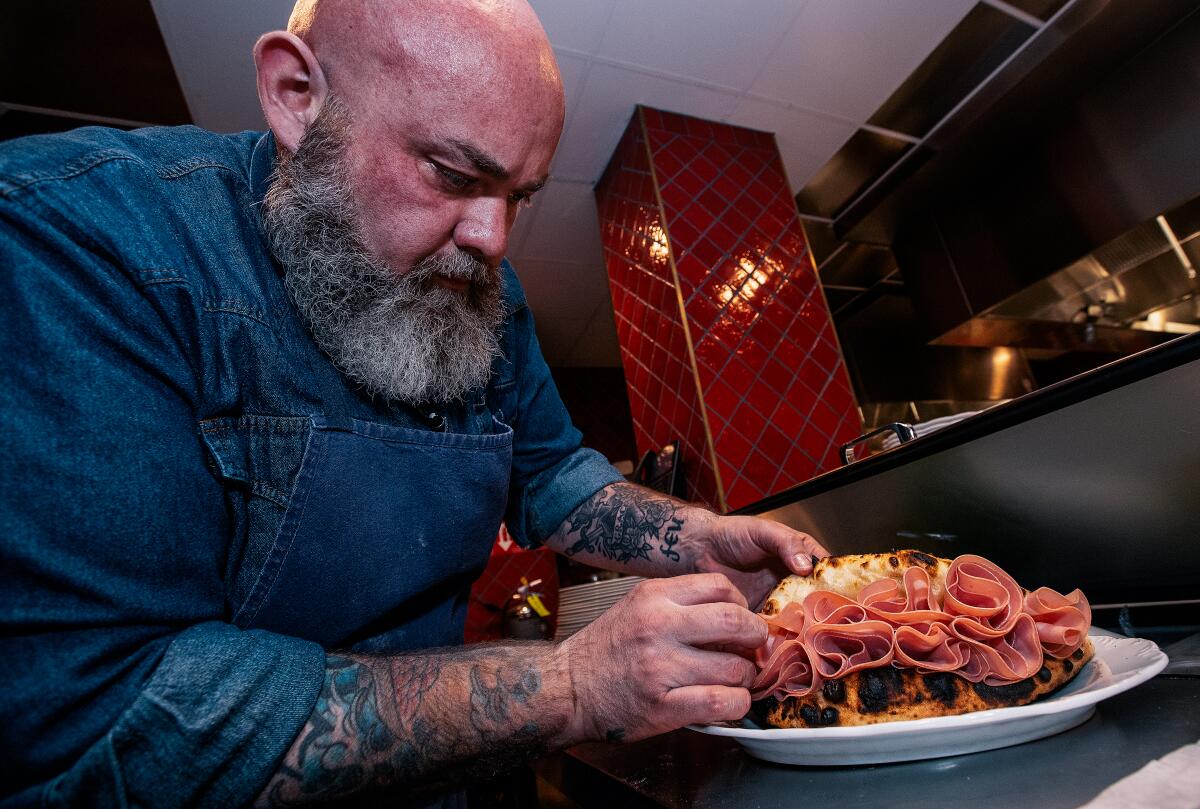
It was a year — another year, honestly — of shattering L.A. restaurant closures. Columnist Lucas Kwan Peterson found additional resonance in the abrupt ending to Café Tropical, which closed on November 30 due to an internal legal dispute. Lucas writes: “Angelenos mourned the Silver Lake fixture of nearly 50 years. But a lesser known aspect of the closure is that it is also a wrenching loss for a large community of people seeking sobriety. Countless meetings were held over the years for those who struggle with, or know someone who struggles with addiction. The meetings, which happened for decades throughout the day and night in a back room at Tropical, will now have to find another home.”
Staff writer Sarah Mosqueda wrote about another seismic loss this year: The closure, hopefully not permanent, of Carlos Salgado’s Taco Maria in Costa Mesa. For Mosqueda the ending had particular meaning: She had worked at the restaurant for three years. “Personally, I learned to be proud of the Mexican food I grew up eating,” she writes. “I felt connected to my cultural identity in a way I never had before. A Pulitzer-prize winning writer, a Chicano studies professor and many famous chefs dined at Taco María, and I had the opportunity to meet them all. My co-workers became friends, and those friends became family. I fell in love. I met my husband, Ryan Garlitos, a sous chef with Taco María since the food truck days. We took our engagement photos at the restaurant because it made more sense to us and our story than a beach or field at sunset.” There’s plenty more to this beautiful piece.
A cookie is never just a cookie
For my cooking-focused colleagues, nuances around baking emerged as a significant theme.
In his story “Before babka, there was kokosh — a simple cake for breaking Yom Kippur’s fast,” columnist Ben Mims wrote about researching an appropriate dessert to bring to a friend’s house to mark Yom Kippur. It led him to kokosh — Hungarian for “cocoa” — that he describes as “basically a mix between babka, which is often layered with chocolate, twisted and loaf-shaped, and strudel, which is a long loaf of thin pastry wrapped around a cooked filling.” Ben includes a persuasive recipe.
Test kitchen coordinator Julie Giuffrida’s breakout story of the year was easy to pinpoint: “This is the ultimate chocolate chip cookie, with everything readers asked for (crispy edges, yes!)” It’s what I want too, as Julie points out in the recipe headnote: “chewy and gooey (when warm) with crispy edges and a hint of salt.”

Lastly, staff writer Cindy Carcamo’s favorite story from the year was also about cookies — with some complexities. She says: “It was a fun piece to write because it included my daughter and her Girl Scouts troop. Also, the story raised some serious questions about what went wrong when Girl Scouts of the USA rolled out the new Raspberry Rally cookie that ended up selling on eBay for up to $200 a box. At the same time, many Girl Scouts never got to even try the cookie.” Six months after her story ran, the Girls Scouts of the USA announced it will discontinue the Raspberry Rally.
Have a question?
Also ...
- Speaking of baking, in her weekly column Jenn Harris makes a declaration this Southern transplant can get behind: It’s time the biscuit had its moment in Los Angeles.
- It’s holiday tamale time! The staff names 22 of their favorites.
- On the same subject, Natalia Molina has a gorgeous story about making tamales with her family and the ever-changing, sometimes fraying, braids of tradition.
- Stephanie Breijo reports on the opening of the Culver City location of Fat & Flour, and a Koreatown newcomer for lobster rolls.
- Stephanie also has the latest Michelin news: The tire company has announced seven additions to its California guide, and three of them are in Los Angeles.
- Heather Platt brings the good feelings with a story about actor Danny Trejo, his book “Trejo’s Cantina: Cocktails, Snacks & Amazing Non-Alcoholic Drinks From the Heart of Hollywood,” and why he says it’s the best time in history to be sober.
Eat your way across L.A.
Like what you're reading? Sign up to get it in your inbox every week.
You may occasionally receive promotional content from the Los Angeles Times.
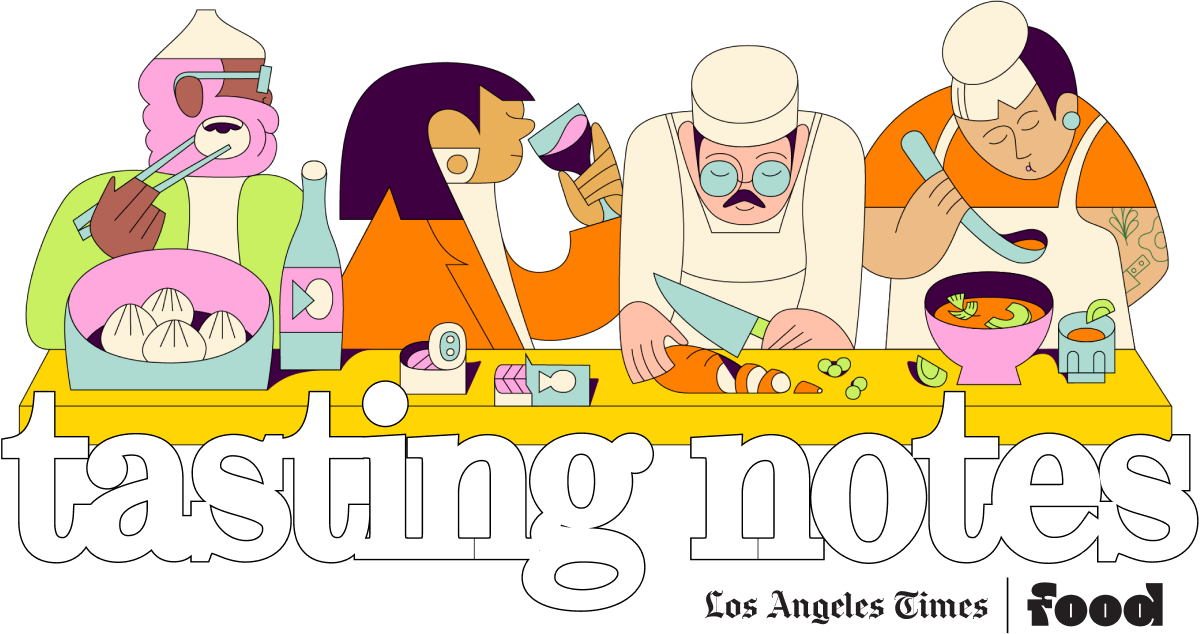
Eat your way across L.A.
Get our weekly Tasting Notes newsletter for reviews, news and more.
You may occasionally receive promotional content from the Los Angeles Times.




